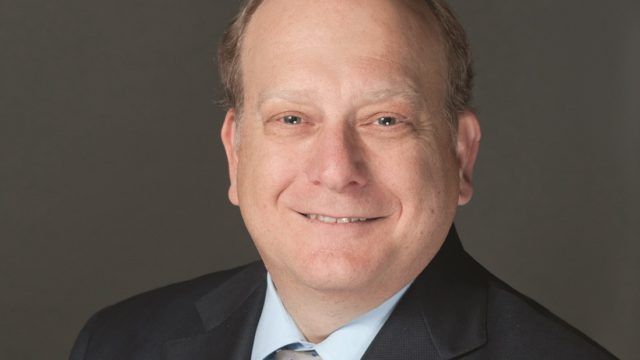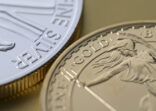Ken Taubes, Amundi
“It is not the most opportunistic time to have as much high yield as you would have in different part of the cycle, when valuations are more attractive and [spreads are] wider,” Taubes told FSA. during a visit to Singapore.
“Corporate credit is okay, but we are heading into a little bit of a slowdown. We are very moderate with high yield [portfolio exposure] at the moment.”
“If the valuations change, I will change the allocation,” he added.
Taubes is the portfolio manager of Amundi Funds Pioneer US Bond (renamed this month from Amundi Funds II – Pioneer U.S. Dollar Aggregate Bond), a conservative product that is 80% is invested in US investment grade bonds. Four of the top ten holdings are in US Treasuries, the factsheet shows.
The high investment grade weighting is required because the fund aims to outperform the benchmark Bloomberg Barclays US Aggregate Index, which is 100% investment grade, Taubes said.
Risks and rate cuts
The biggest risk in the next twelve months is a severe economic recession in the US, Taubes said, but he added it is not the firm’s base case scenario.
“We are not completely hedged against it. We have taken measures to upgrade the quality of the portfolio over the last couple of years. Hedge spreads in general have narrowed.
“We’ve reduced our corporate bond exposures, and upgraded the remaining portion of our corporate bond exposure, moving more assets into higher quality parts of the market.”
In order to maintain yield, he has also moved some corporate bond weight into securitized assets, not just agency mortgages, but also non-agency mortgages”.
Agency mortgages, such as the Federal Home Loan Mortgage Corporation, account for six of the fund’s top ten holdings.
He believes US consumer lending, particularly mortgage lending, is much safer than before the financial crisis.
“Whereas part of the underwriting practices in corporate bonds have continued to deteriorate over the last few years.”
As for interest rates, he cautioned on the wide market expectations of a July rate cut.
“Markets went probably too far in pricing in a move and we don’t buy this view at the moment.
“We think that the movement of downward revision to inflation expectations is now completed and could possibly reverse.
“This would mean that though the inflationary risk is marginal, volatility should show in inflation data and inflation expectations which should open up a less linear and benign phase in the bond space, especially in the US.
Market focus will soon shift to earnings and other growth data, he believes.
Portfolio moves
To assess valuations in sectors, the investment team has weekly fixed income meetings to review the global macro environment, Taubes said.
“We get a solid top-down view of the market so we can judge where we want to be with respect to interest rate risks and asset allocation.”
After that, the fixed income portfolio managers meet and decide if they want to make changes in the portfolio.
“We spend most of our time choosing securities, because our asset allocation is pretty stable through market cycles,” he said.
Since the beginning of the year he has added interest rate sensitivity to the portfolio and duration. “We were short in duration last year and now we are pretty much neutral.
“We didn’t think it was worthwhile to continue to be short duration. And more recently in the last month or so we added more duration as it became clear the trade negotiations in the US will be more difficult than anticipated.”
The Amundi Pioneer US Bond vs benchmark and sector


















